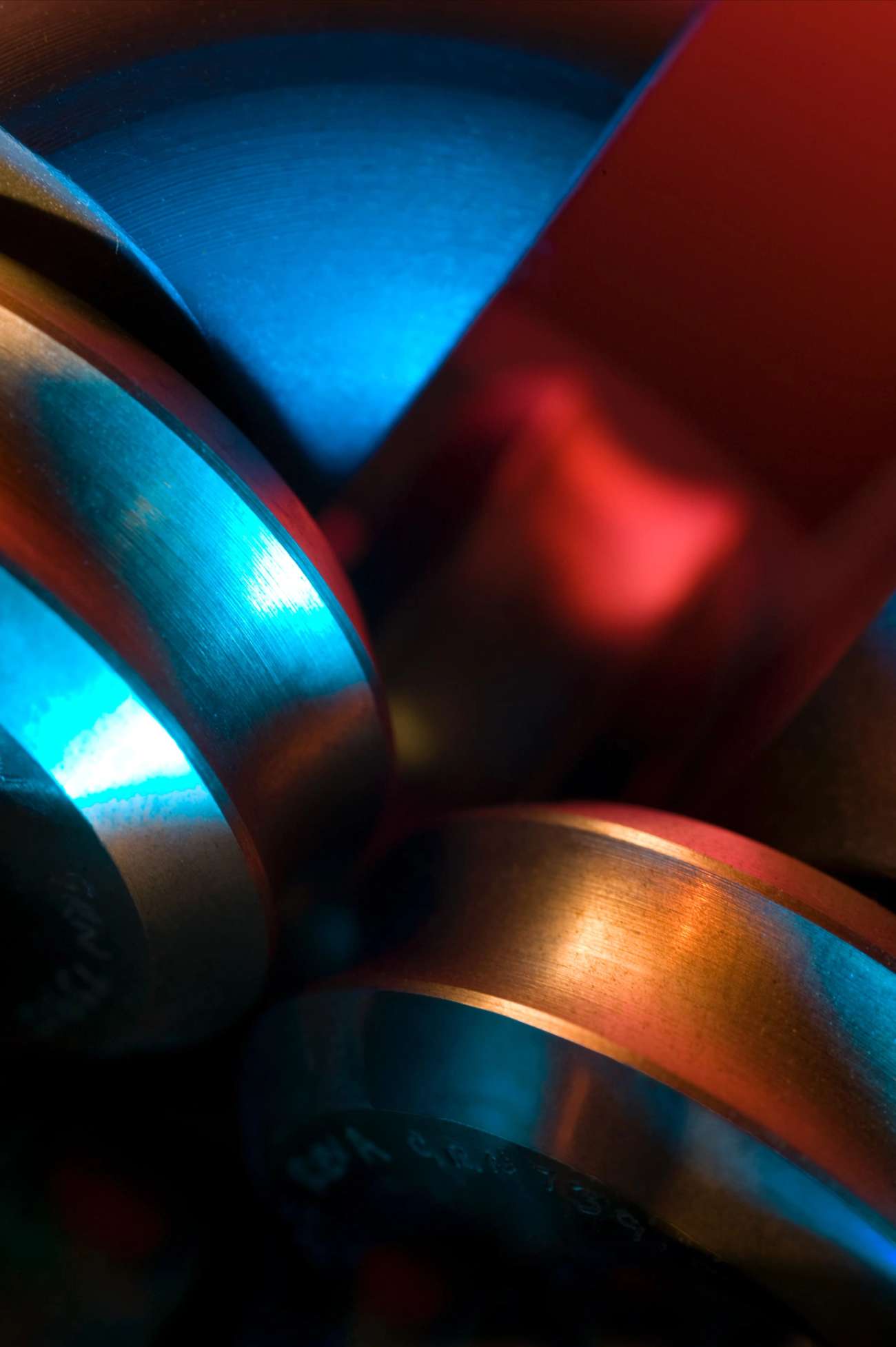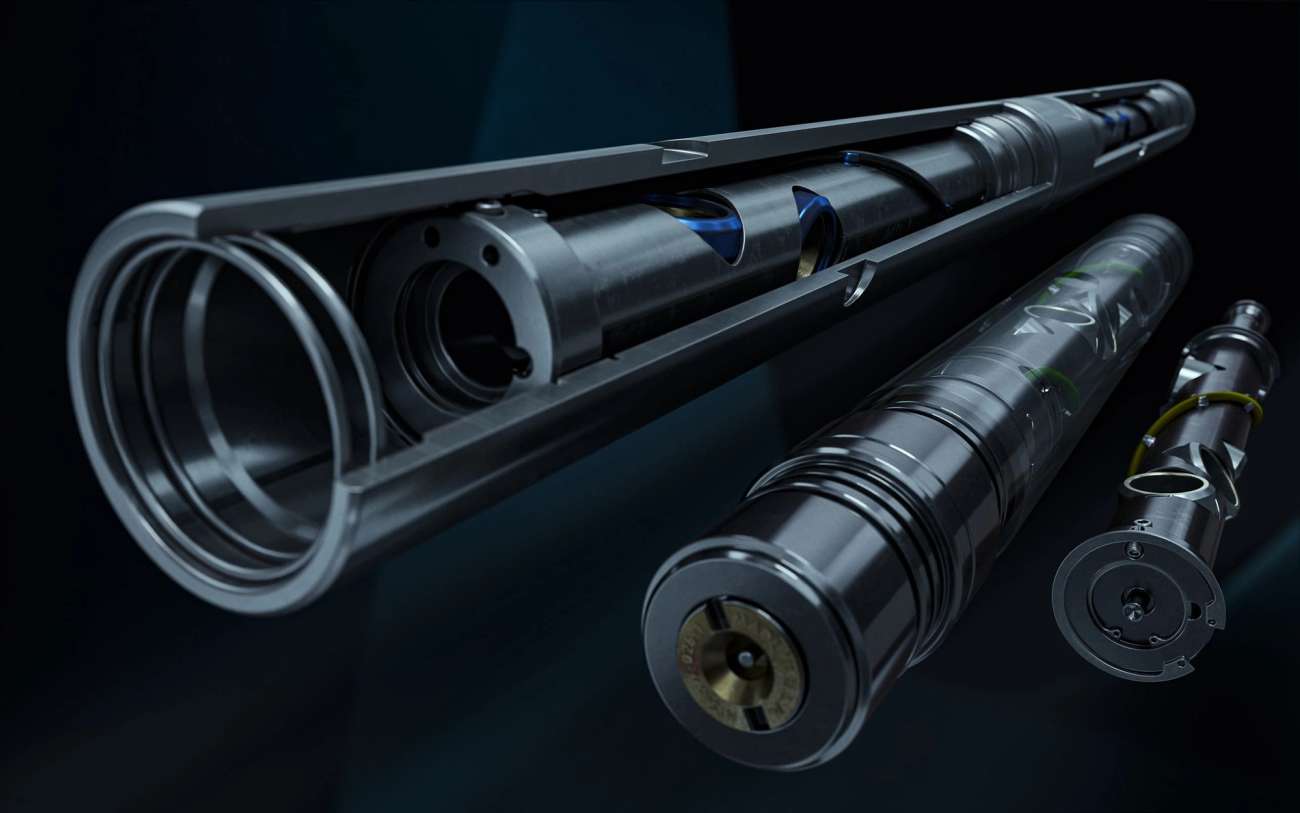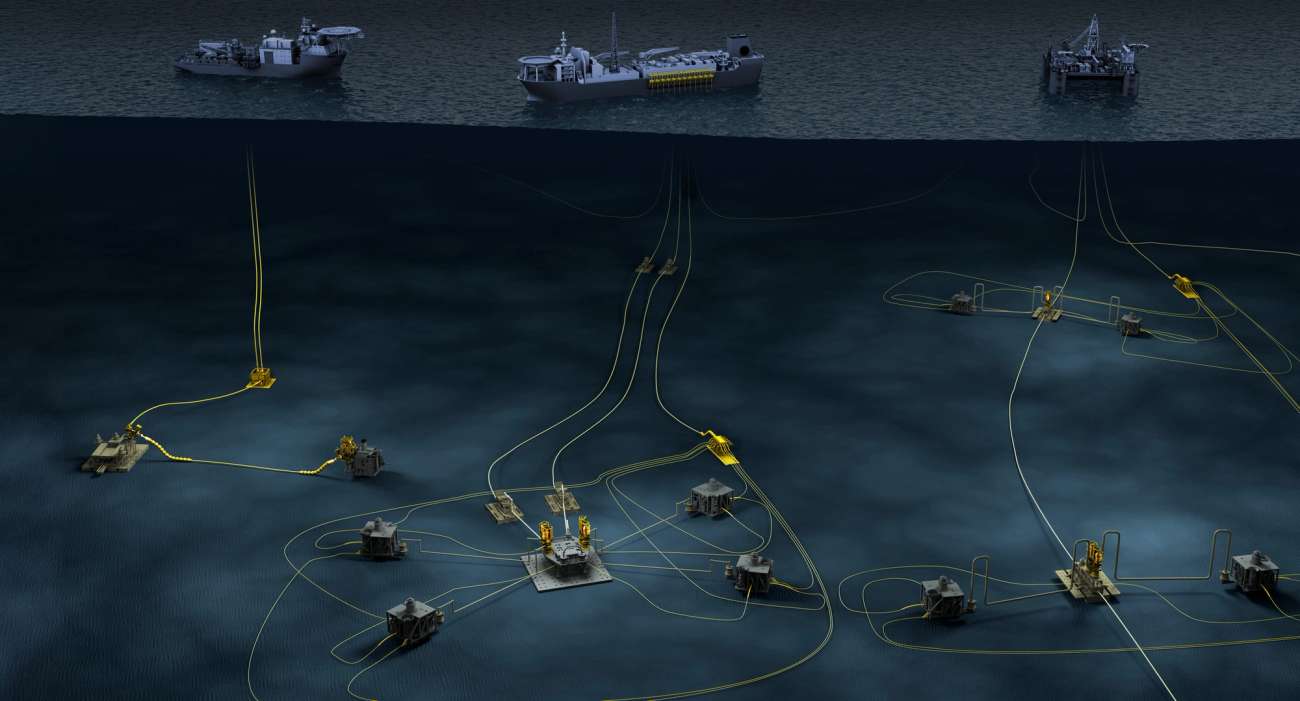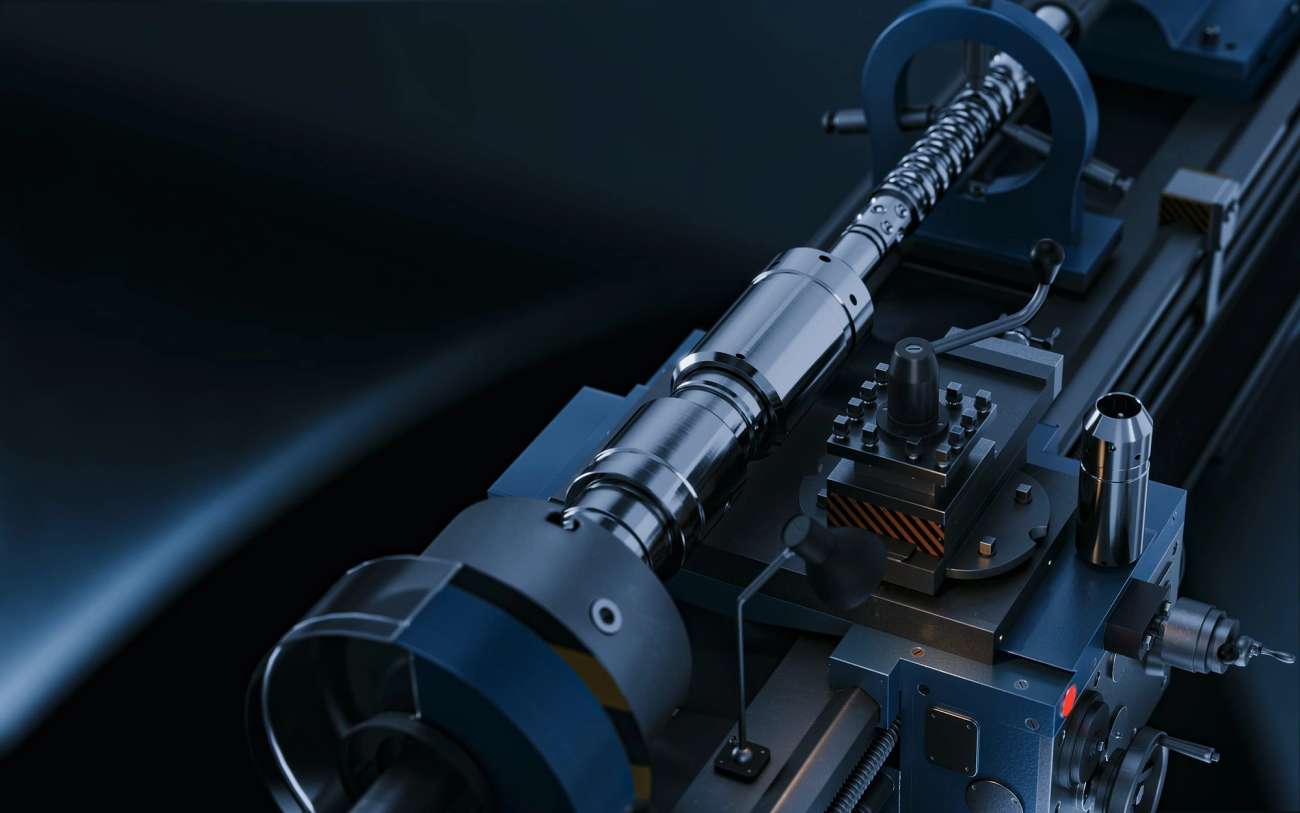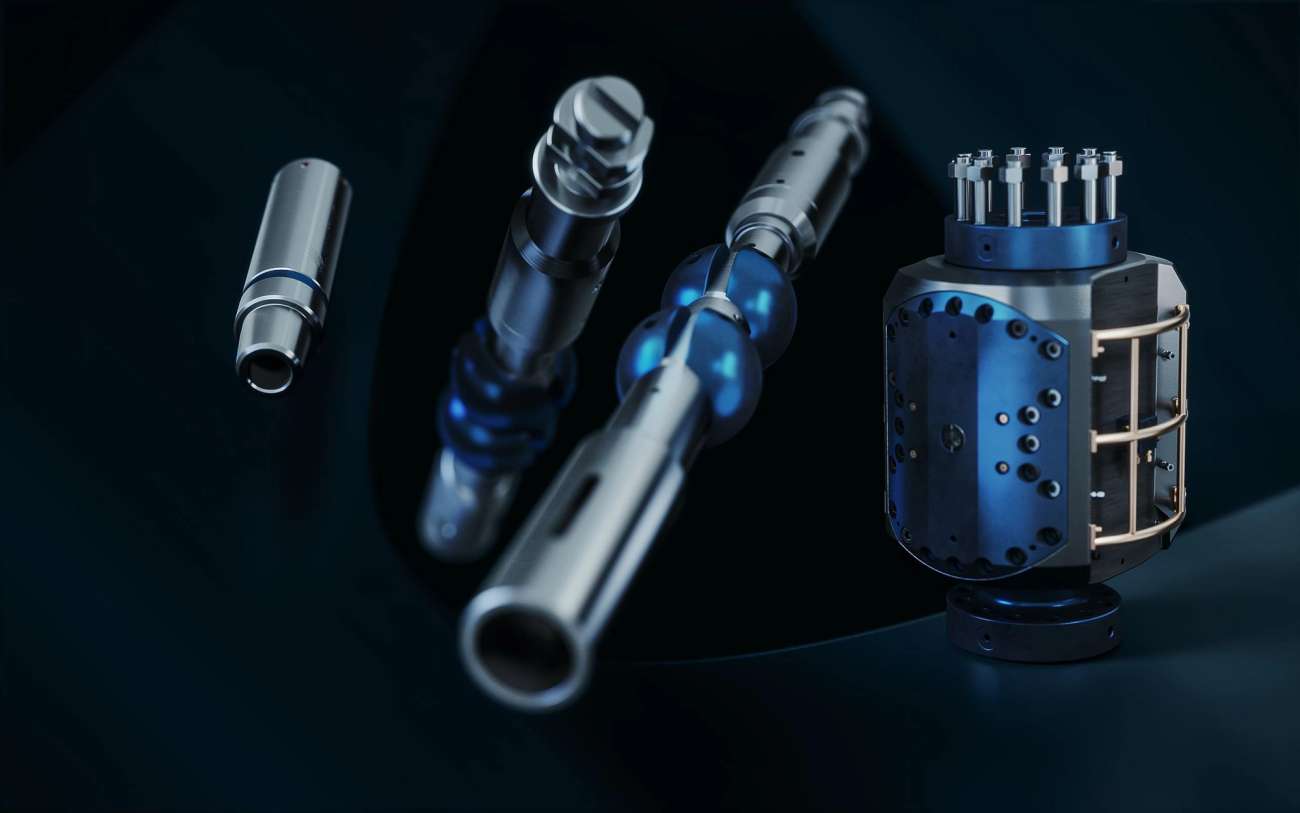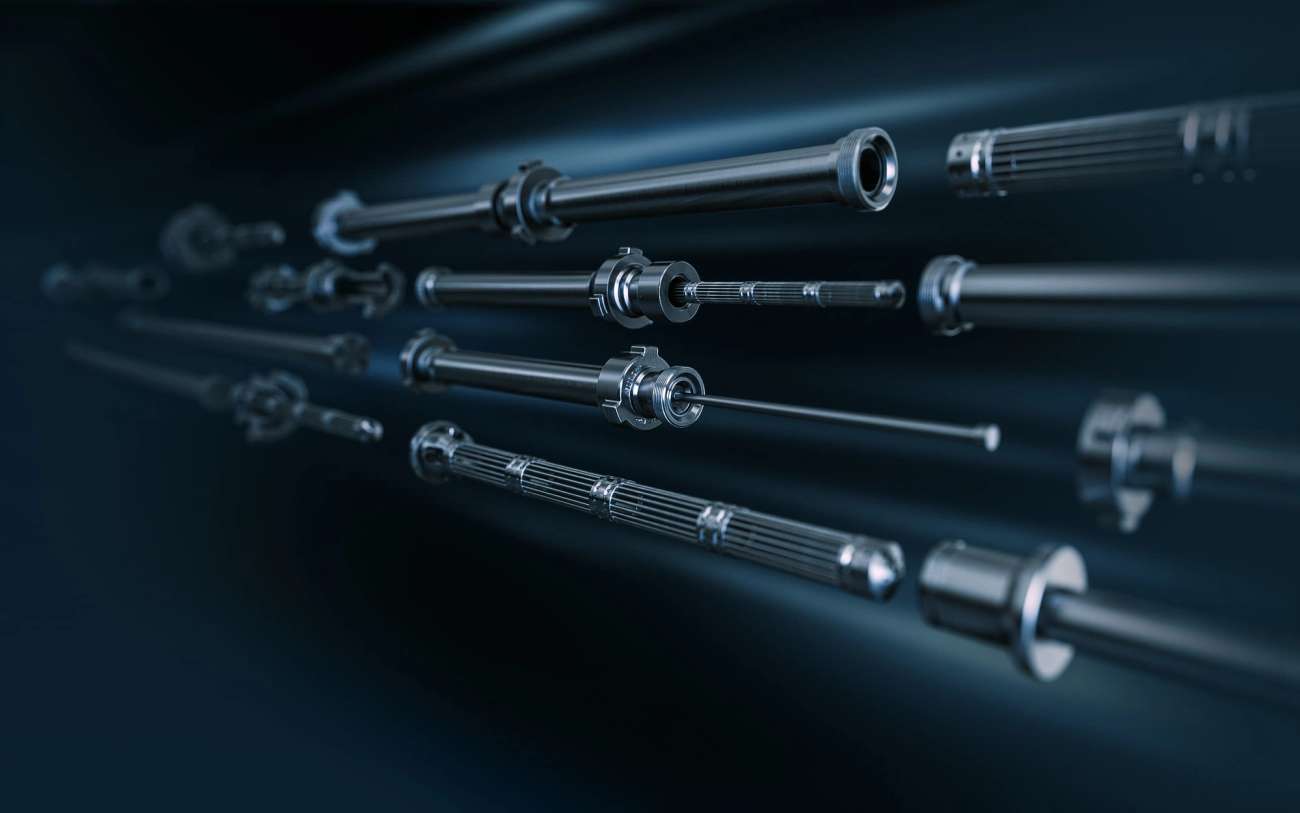
Ezi-Shear Seal
Hunting is revolutionising well intervention operations with the introduction of an innovative and universal “shear and seal” valve which delivers improved operational safety, reliability and well integrity.
Product summary
Hunting is revolutionising well intervention operations with the introduction of an innovative and universal “shear and seal” valve which delivers improved operational safety, reliability and well integrity.
Hunting is revolutionising well intervention operations with the introduction of an innovative and universal “shear and seal” valve which delivers improved operational safety, reliability and well integrity.
The technology provides a compact, reliable and quick mechanism for the shearing of slickline and wireline then fully closing to establish isolation or sealing of the wellbore. Low volume hydraulic actuators allow rapid closure with standard accumulator type control panels.
The Ezi-Shear Seal compact design, in many cases, allows deployment through a standard offshore intervention hatch cover, negating the need to remove main hatch covers, reducing heavy lifts and potential shutting in of adjacent producing wells. Hunting’s Ezi-Shear Seal leads the way in innovation for well intervention shear seal applications. The Ezi-Shear Seal has endured testing over many hundreds of cycles and is specifically aimed towards meeting highly rigorous industry standards.
Hunting’s unique Ezi-Shear Seal provides a superior cutting and sealing capability for standard, offshore or high-pressure applications where an additional level of pressure barrier contingency is required.
Features
Wide range of cutting capabilities
Independent shear and seal faces
Compact design, smaller than traditional shear and seal valves
Dual hydraulic actuator
Monoblock body
Highly resistant to wear
Benefits
Cuts slickline, braided, and e-line
Improved safety and reliability
Compact design gives improved wellhead access
Increase torque through rotational forces
Reduced leak paths
Reduced redress frequency






